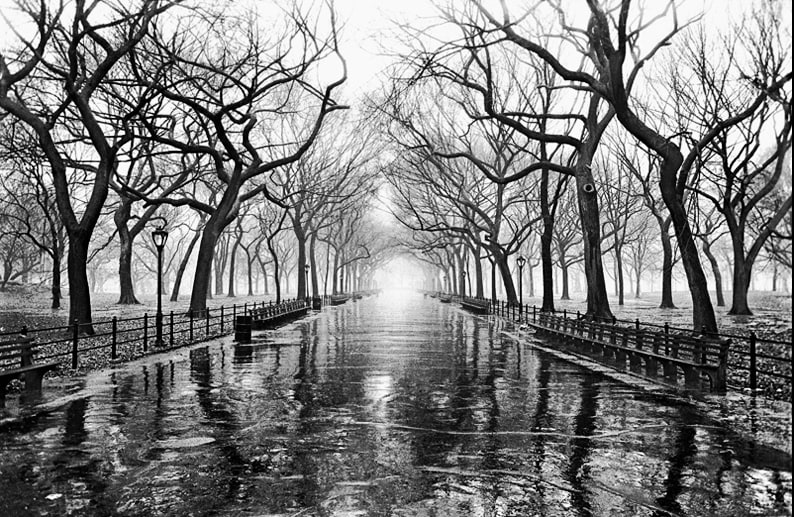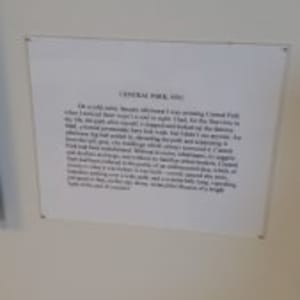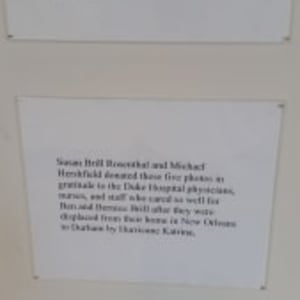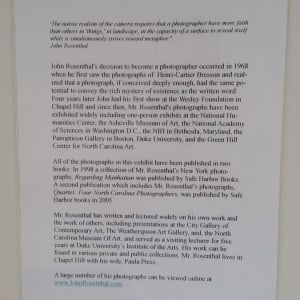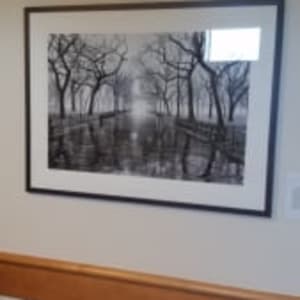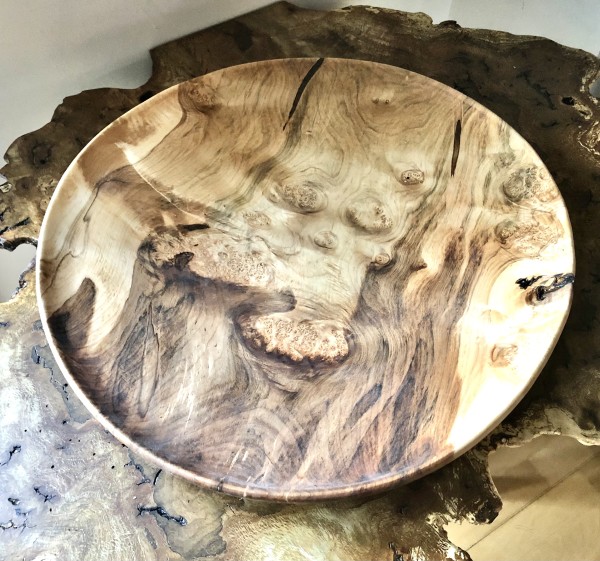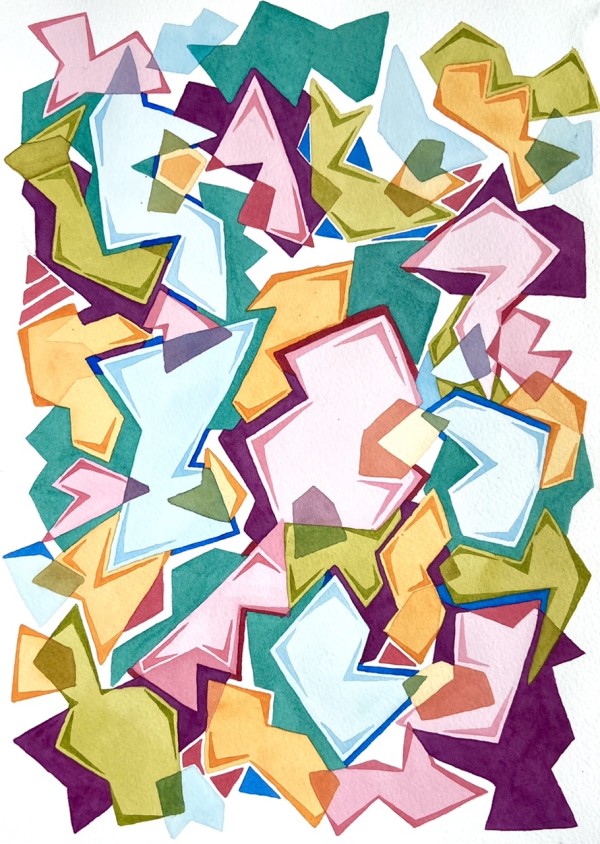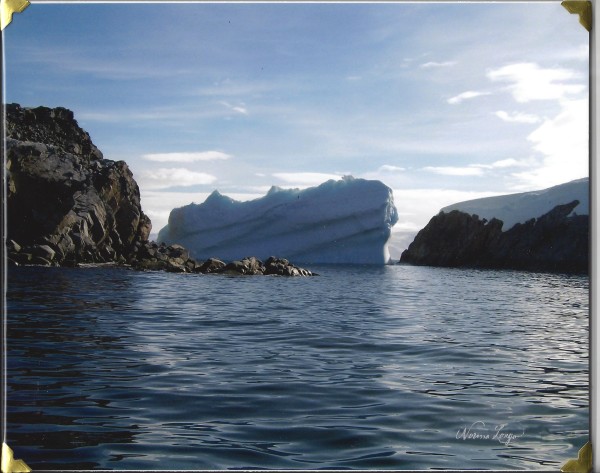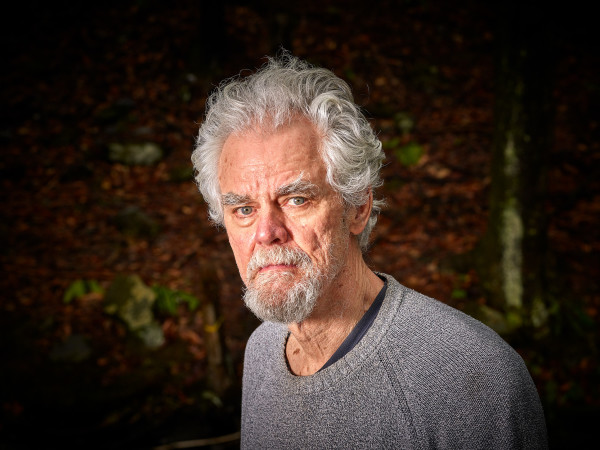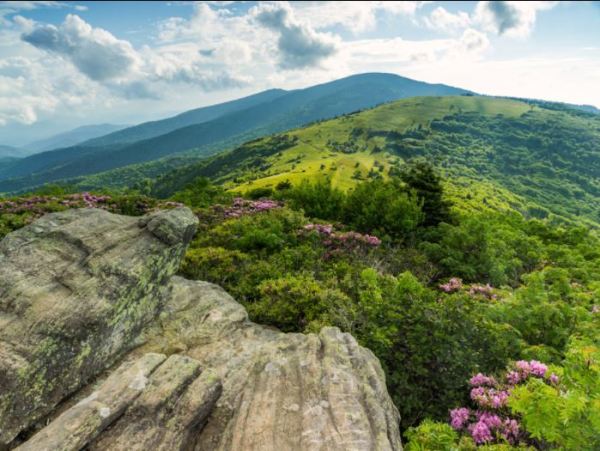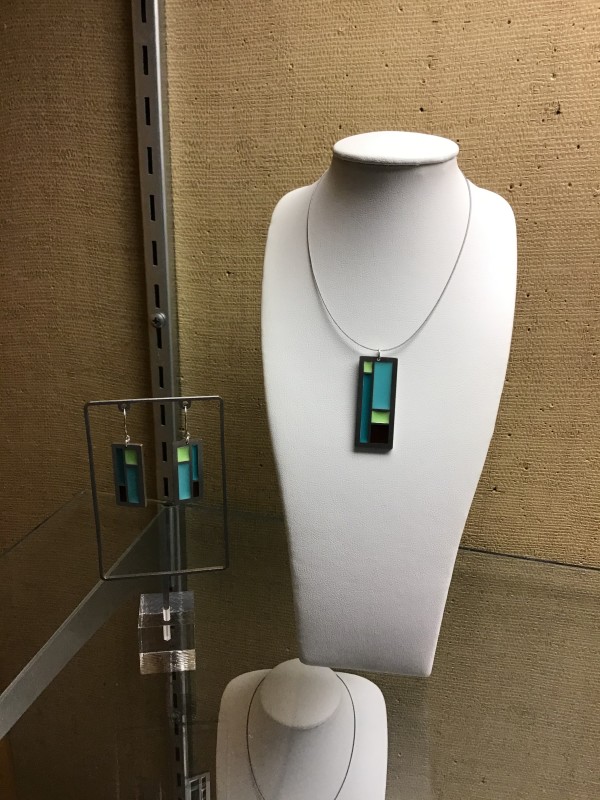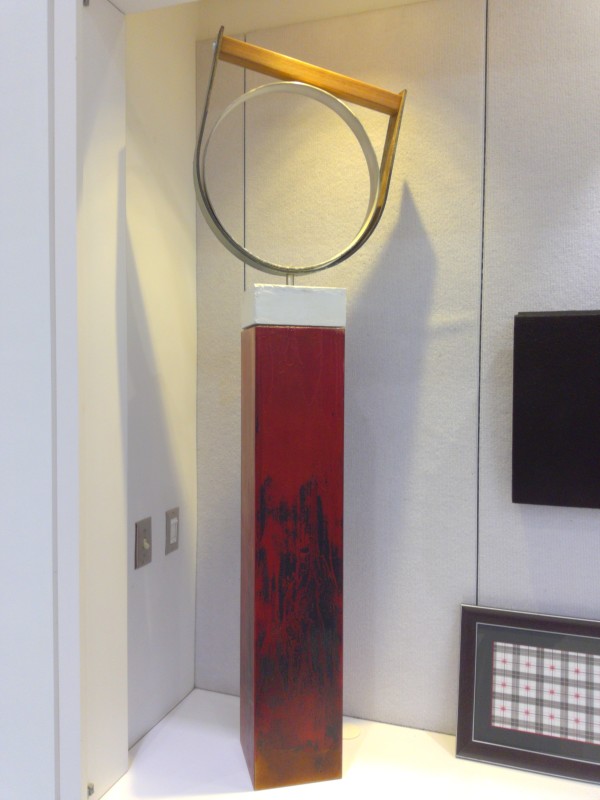- John Rosenthal
- Central Park, NYC
-
Not For Sale
CENTRAL PARK, NYC
On a cold, rainy January afternoon I was crossing Central Park when I noticed there wasn’t a soul in sight. I had, for the first time in my life, the park all to myself. I stopped and looked up the famous Mall, a formal promenade forty feet wide, but I didn’t see anyone. An afternoon fog had settled in, shrouding the park and separating it from the tall, gray, city buildings which always surround it. Central Park had been transformed. Without its noisy inhabitants, its joggers and strollers and dogs, and without its familiar urban borders, Central Park had been reduced to the purity of an architectural idea, which of course is what it was before it was built—evenly spaced elm trees, branches arching over a wide path, and a wonderfully long, vanishing perspective that, on this day alone, created the illusion of a bright light at the end of a tunnel.
- Subject Matter: Black and White Photography[CR]4/20 Edition 1991
- Current Location: Duke South

